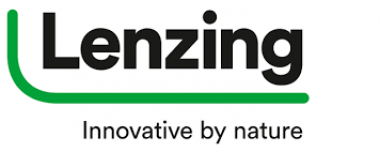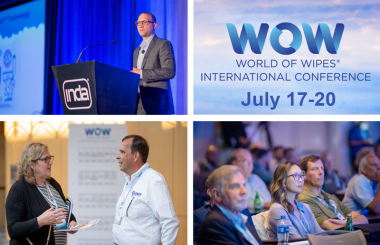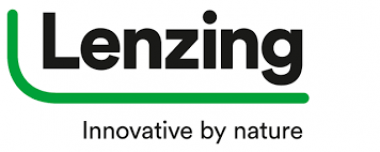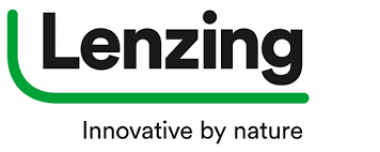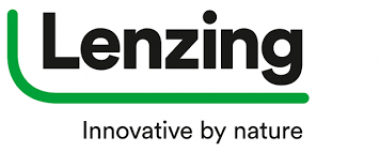Indorama Ventures and Carbios: MOU for PET biorecycling plant in France
Indorama Ventures Public Company Limited (IVL) and Carbios, a biotech company developing and industrializing biological solutions to reinvent the life cycle of plastic and textiles, announce the signing of a non-binding Memorandum of Understanding (MOU) to form a Joint Venture for the construction of the world’s first PET biorecycling plant in France.
Based on and subject to the comprehensive terms set out in the MOU, Indorama Ventures plans to mobilize about €110 million for the Joint Venture in equity and non-convertible loan financing , pending final engineering documentation and final economic feasibility studies. Both parties have acknowledged their mutual support for the implementation of the project and their intent to finalize contract documentation before end 2023.
Subject to the successful performance of this first plant in France, Indorama Ventures confirms its intention to potentially expand the technology to other PET sites for future developments.
Under the agreement signed June 1, Carbios, which filed for plant permitting in December 2022, should acquire 13ha land from Indorama Ventures’ existing PET plant at Longlaville and expects to be granted permits by Q3 2023, allowing start of construction by end of 2023 and targeted commissioning in 2025. The land surface offers the possibility to double capacity. Pursuant to this MOU, Indorama Ventures shall ensure 100% of output repolymerization and both partners shall collaborate to secure feedstock supply.
The total capital investment for the new plant is re-estimated to be around €230 million, taking into account recent impact from inflation. Project costs shall be financed by the sums mobilized by Indorama Ventures, the French State and Grand-Est Region subsidies available for the project , and by equity capitalization of the Joint Venture by Carbios. Part of Carbios’ equity injection into the Joint Venture shall be financed by a portion of Carbios’ current cash position (i.e. €86 million as of 30 April 2023). Carbios is actively examining the best options to finance its remaining equity injection into the Joint Venture and will choose the most appropriate solution and timeline based on market conditions.
The project is part of Indorama Ventures’ Vision 2030 ambition to build on its leadership as a global sustainable chemical company. The company’s ESG commitments include spending $1.5 billion to increase its recycling capacity to 50 billion PET bottles per year by 2025 and 100 billion bottles per year by 2030. To meet these goals, Indorama Ventures, the world’s largest producer of recycled PET resin used in beverage bottles, is investing in new recycling technologies, including advanced recycling, in addition to expanding its global footprint of mechanical recycling sites, including two in France.
Carbios has developed a disruptive enzymatic depolymerization technology that enables efficient and solvent-free recycling of PET plastic and textile waste into virgin-like products with an aim to achieve true circularity. Carbios has ambitious plans to become a leading technology provider in advanced recycling of PET by 2035. After successful ongoing operations in its demonstration plant in Clermont-Ferrand in France, Carbios has been collaborating with Indorama Ventures for over a year to assess the commercial and technical feasibility of the technology. The world’s first industrial-scale enzymatic PET recycling plant at Longlaville will have a capacity to process about 50,000 tons of post-consumer PET waste per year, including waste that is not recyclable mechanically, equivalent to 2 billion PET colored bottles or 2.5 billion PET trays.
IVL





